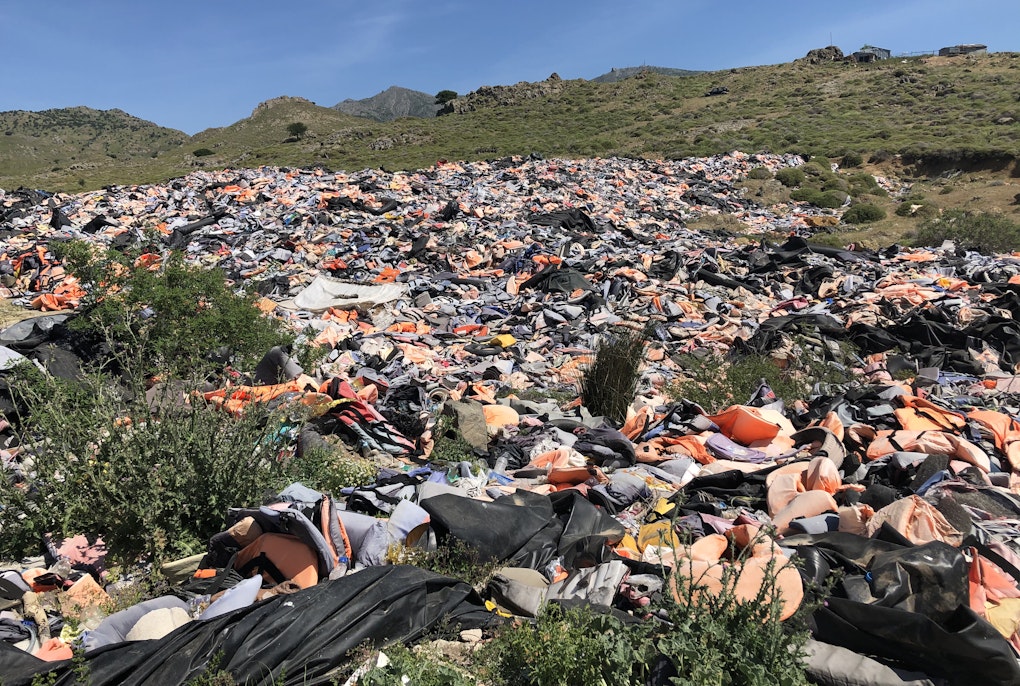
Atheistischer Alltagsaktivismus in Marokko
 Lena Richter
Lena Richter
The activist toolbox contains many different strategies. Among those are highly visible actions, such as protests or strikes. But the toolbox also includes forms of activism that receive less public attention, such as speaking at closed-door meetings or being involved in the day-to-day background work of a campaign. These low visibility contributions are less likely to be captured by an official paper trail. Knowing this is important to avoid writing the contributions of immigrant activists out of the story.
In my research, I looked at efforts to extend voting rights to immigrants in Switzerland. I focused on two Swiss cantons, Geneva and Zurich, and retraced attempts going back to the 1980s. In both cantons, there have been several referendums on whether to extend suffrage to immigrants. In Zurich, all attempts have so far been unsuccessful; in Geneva, voting rights were granted to some immigrants after a successful referendum in 2005. In both cases, there was ample evidence that immigrants were involved in these efforts, although their involvement was not always evident at first sight.
Sometimes immigrant activists choose low visibility actions for strategic reasons, especially in settings where immigration is highly controversial. This low visibility strategy is something that I encountered in both the cantons that I studied. There was, for example, a discussion about how to design the campaign material ahead of a referendum in 1993. The minutes from the discussion concluded that arguments in favor of immigrant voting rights would be more persuasive if they were presented by fellow Swiss citizens instead of immigrants themselves.
Barriers to political participation are another reason why immigrant contributions can be difficult to observe. For example, often only those who have the right to vote can launch a popular initiative - a process that, conditional on collecting sufficient signatures, can lead to a popular vote on a reform in Switzerland. This means that activists without Swiss citizenship could not be part of the official initiative committee despite being deeply involved in the preceding processes.
One of the things that puzzled me is that the research on emigrant voting rights frequently covers emigrant activists, while the academic literature on immigrant voting rights rarely mentions immigrant activists. There are many possible reasons for this discrepancy. One of them is related to low visibility activism.
The challenge is that low visibility activism is hard to pick up on. It is unlikely to be covered in the media or mentioned in parliamentary speeches. Since scholars frequently rely on these sources, they may overlook the extent and impact of activism. The public paper trail is also less likely to reflect low visibility involvement. The example of key activists not being able to join the official initiative committee is just one case in point.
By comparison, my research is based on interviews and extensive archival material from state archives, party archives, and civil society archives. These sources were crucial to reconstruct past activist efforts. If I had relied solely on more easily accessible sources, I would have falsely concluded that immigrant activists were not involved in enfranchisement efforts. To come back to the question of why migrant activism features less in the research on immigrant voting rights than in comparable work on emigrant voting rights: one of the answers is that commonly used sources often cannot pick up on activism with low public visibility.
The sources necessary to conduct this kind of detailed research are not always available. This missing data problem can come in different shapes. If the event of interest is long ago, the people who were directly involved are less likely to be available for interviews. In my case, archival material was essential to reconstruct the events of the 1980s and 1990s. But archival records are not always kept nor are they always accessible. If the event of interest is somewhat recent, interviewees may be available but struggle to remember events dating back several years. Crucially, as things have moved online, meeting minutes or comparable records are no longer kept on paper and passed on to an archive. Instead, they are often lost.
In some cases, it is not possible to go beyond the public paper trail. In those situations, one should be aware that low visibility contributions will not be reflected in these types of sources. Bearing this limitation in mind prevents hasty conclusions about the involvement and impact of immigrant activists in any specific case.
To avoid leaving the political contributions of immigrants out of the story, I have two broad recommendations. Anyone - whether researcher or keen observer -who wishes to reach a conclusion about immigrant involvement in a political process should be mindful that certain sources will fail to reflect low visibility activism.
There is also something that activists and civil society actors can do. Many archival records come from official state institutions or political parties. Yet civil society perspectives are just as important. For example, there is the Documentation Center and Museum of Migration in Germany which collects—among other things—material from migrant organizations. A low effort option is the Internet Archive which keeps snapshots of webpages. This prevents the loss of information when websites go offline after a campaign concludes or an organization dissolves.
For activists, it can be frustrating when their contributions are overlooked, even when low visibility is strategically chosen. This can be especially thorny when matters such as immigrant voting rights are discussed. A common talking point - that also surfaced in the Swiss cases - is that immigrants are not interested in voting rights. This line of argument has many shortcomings, among them the false assumption that immigrants are a coherent block with consistent preferences. But the fact that this argument is often used makes it all the more important to document immigrants’ advocacy efforts.
For those interested in learning more about this, I invite you to read my recently published and openly accessible article.

This content is licensed under a Creative Commons Attribution 4.0 International license.

 Lena Richter
Lena Richter
 Eline Waerp
Eline Waerp

